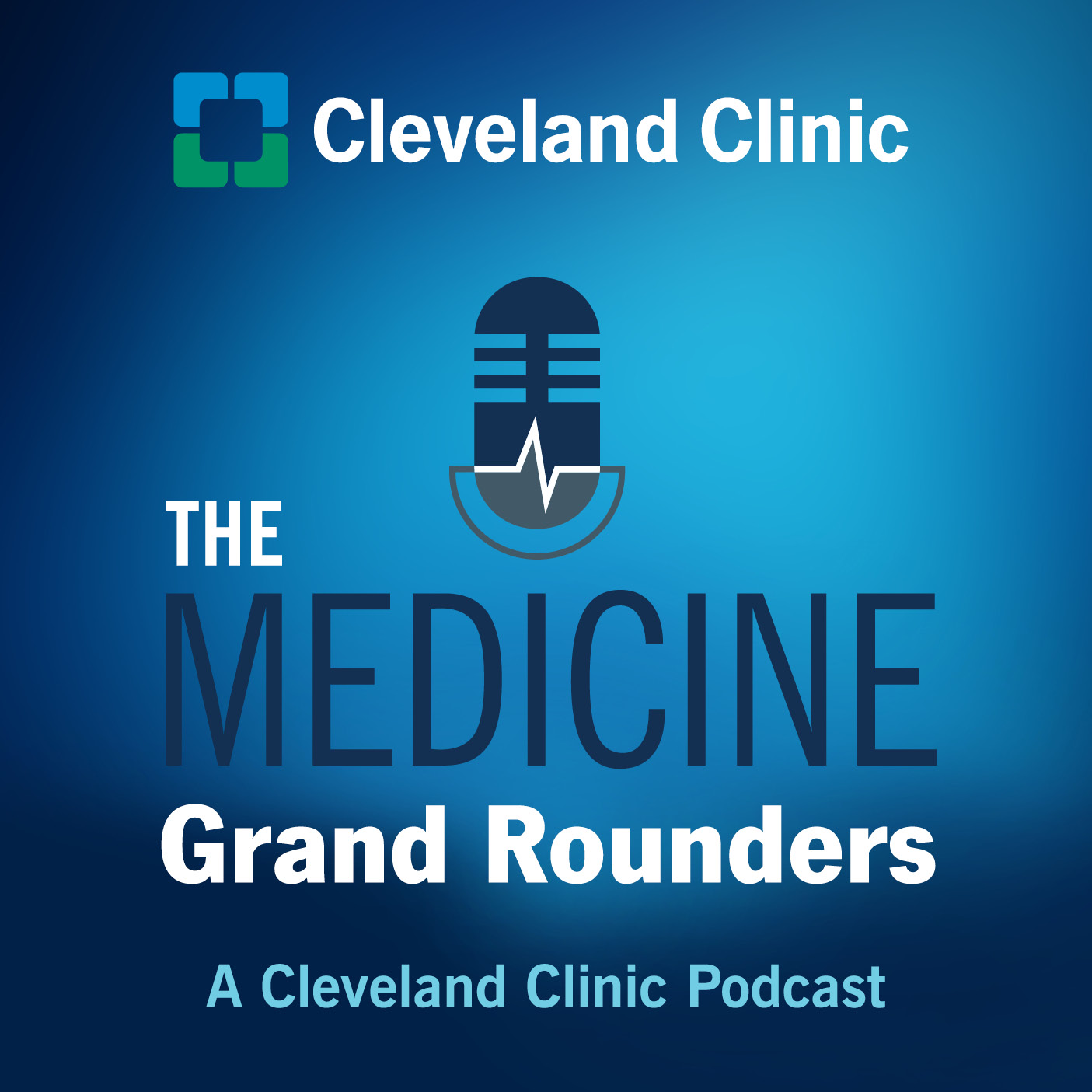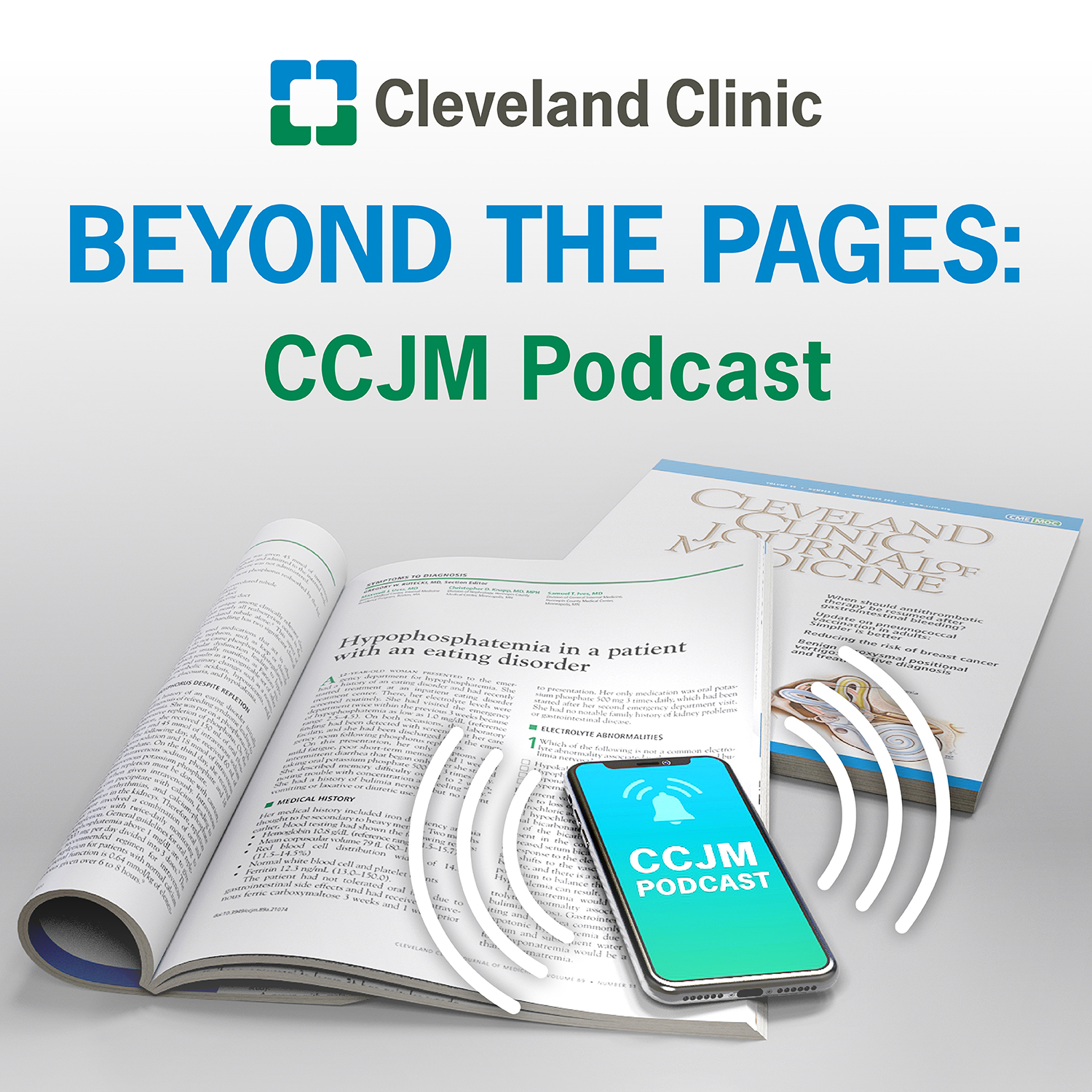All Things Shock with Dr. Matt Siuba

Dr. Matt Siuba discusses his approach to undifferentiated shock for learners. Moderated by Simran Ganeriwal, MD.
Subscribe: Apple Podcasts | Podcast Addict | Buzzsprout | Spotify
All Things Shock with Dr. Matt Siuba
Podcast Transcript
Simran: Question 1- Before we talk about evaluating shock, I think it is important to define what we mean by shock. What is the definition you use Matt?
Matt:
- Widespread reduction of effective tissue perfusion
- Does not incorporate BP, though hypotension is often present
Simran: Question 2: Lets start off with a case. A 70yo female is admitted to the RNF for AMS with a PMHx notable for HFrEF (EF 30%), DVT on rivaroxaban, ESRD on IHD via TDC. Admission labs show a leukocytosis of 13,000. You get called to transfer this patient to the ICU for an elevated lactate of 3.5. Off the bat, what are you thinking and what additional information would you like?
Matt:
- Based on the definition given, looking for perfusion parameters such as the BUS (brain, urine, skin). Can’t use urine in this case, we do have encephalopathy, so next I’d be interested in knowing the cap refill time
- Discuss the ANDROMEDA-SHOCK method of cap refill assessment
- Discuss cap refill physiology and meaning
- Also want to know about the presence of any other acute/acute-on-chronic organ failures
- Briefly discuss possible etiologies for shock specific to this patient (infection, HFrEF, hemorrhage, tamponade, PE)
Simran: So a little bit more information, Vitals: 100/45 (MAP ~65), HR 105, SpO2 94% on 3L NC, RR 26. Cool to touch, capillary refill time is 6-7 seconds. A&Ox1 from a baseline of A&Ox3, moaning. The superstar resident sent a VBG from the TDC and it had a central venous oxygen saturation of 72. How does this change what you are thinking?
Matt:
- Overall impression: sick, a medical emergency
- Etiology overall is not yet clarified
- Try not to make assumptions off any one value (e.g. the ScvO2), but there is still value in knowing this as a data point. Perhaps makes low stroke volume states less likely, but we need more data (segue into the next question).
Simran: Limitations of central venous O2 and compare to mixed venous O2
Matt:
- Physiology of oxygen extraction, DO2 vs VO2
- Poor agreement and limited correlation of ScvO2 vs SvO2
- When either value may be falsely high (eg impaired oxygen utilization at the tissue level)
- Extremes are often useful (e.g. 30 or 80)
Simran: Do you think she needs to come to the ICU even though she is normotensive?
Matt:
- Yes, a perfusion crisis is present!
- Don’t be afraid to call ICU just because the patient isn’t about to code, needing to be intubated, or requiring pressors.
Arjun: So to put together a schema for undifferentiated shock for learners, could you walk us through how you would approach a patient in shock?
Matt:
- A systematic approach is needed.
- Think of the shock tables you learned in medical school, and try to recreate them
- Tone: clinical estimation of SVR (skin temp and diastolic BP)
- Filling: estimation/measurement of filling pressures (RAP assessment with JVP, IVC, invasive CVP)
- Flow: estimation of cardiac output and its adequacy (ScvO2/SvO2, echo for LVOT VTI, PAC for thermodilution, venoarterial CO2 gradient)
- When treating shock, think of mentally recreating the Starling curve and position on it
- Specific for fluid responsiveness assessments, but useful in general (too detailed for this particular episode)
Simran: How would you tie in a POCUS in this case?
Matt:
- Consider our initial differential diagnoses and how POCUS could help us differentiate them
- LV and RV systolic function (eyeball)
- Pericardial effusion
- IVC/RAP estimation
- DVT
- More advanced: cardiac output assessment, left atrial pressure assessment, VExUS
- If you think infection is present:
- Look for drainable collections (pleural, pericardial, peritoneal/abdominal, SSTI)
- Gallbladder
Arjun: is there any good data to back up the use of POCUS in shock?
Matt:
- Many studies (ED based, usually) establishing that POCUS changes diagnosis, and can achieve it more rapidly than other modalities
- No data on improvement of outcomes
- Discuss limitations of testing hard outcomes on diagnostic tools
- Tying diagnoses to interventions which can improve outcomes is the key
Simran:
Coming back to our case. I will briefly summarize again. We have a 70year old female admitted for AMS with a PMHx of HFrEF, ESRD via TDC, and a DVT who is in shock. Our exam shows us cool extremities, with CRT 6-7seconds, ScvO2 72.
On further assessment: the CVP transduced from the TDC is 3; on POCUS the IVC is small and collapsible, LVOT VTI 20, no pericardial effusion, moderately reduced LV function, normal RV function, there are no pathological B lines on lung ultrasound.
So taking your systematic approach as outline above:
The tone of our patient is mixed given cool to touch and low diastolic, our filling is low as evidence by a CVP of 2 transduced off the TDC, our flow appears to be elevated given normal ScvO2 and LVOT VTI. From all of this it appears that the predominant etiology of the shock is vasoplegic, likely septic, however there are some mixed signs with the tone. What do you think of this?
Matt:
- Overall agree with the assessment
- Tone/SVR assessment can be challenging, and once again try not to focus too much on any one data point.
- Discuss limitations of automated NIBP cuffs
Simran: If she were to become hypotensive, do you think epinephrine would be a better choice than norepinephrine?
Matt:
- Would be reasonable to assess fluid responsiveness in this patient, though, based on that finding (plus the abnormal CRT), and perhaps a relatively low CVP in the context of a significant cardiomyopathy. (Not to be read as meaning a low CVP is a treatment target!)
- This patient might need pressors as a trial even though not frankly hypotensive
- For Epi: probably not, but it depends!
- No clear data on the use of inotropes in septic shock, may worsen outcomes
- This decision depends on the “why”. If the answer is EF 30%, no. In fact, could be worse. If the answer is “cardiac output is inadequate as evidenced by X”, then an empiric trial of inotropy (even dobutamine + norepinephrine) could be considered.
- Re-assessment after any intervention (including fluids, etc) is paramount
- Remember that perfusion is the goal, not BP
- Assess for adverse effects
Simran: Key takeaways for learners?
Matt:
- Shock and hypotension are not synonymous
- Use a systematic approach for the diagnosis and treatment of shock
- Learning POCUS is near mandatory to take care of patients with shock, no matter the specialty Recognize the tools available to you based on local resources as well as patient characteristics

The Medicine Grand Rounders
A Cleveland Clinic podcast for medical professionals exploring important and high impact clinical questions related to the practice of general medicine. You'll hear from world class clinical experts in a variety of specialties of Internal Medicine.
Meet the team: Dr. Andrei Brateanu, Dr. Nitu Kataria, Dr. Arjun Chatterjee, Dr. Zoha Majeed, Dr. Sharon Lee, Dr. Ridhima Kaul
Former members: Dr. Richard Wardrop, Dr. Tarek Souaid
Music credits: Dr. Frank Gomez

